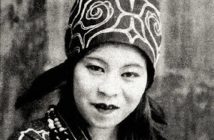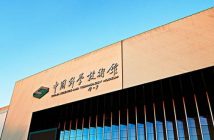On Mar 20, the Archaeological China project met in Chengdu about the important archaeological discoveries and research results of the Sanxingdui site in Guanghan. More than 500 cultural relics were unearthed in the six newly discovered sacrificial pits. The news described the discovery as “[They] slept for three thousand years and now they’ve woken up to shock the world.”
The six newly discovered sacrificial pits are located next to sacrificial pits one and two. Experts believe they currently constitute a sacrificial area as a whole, which is a place specially used by the ancient Shu Kingdom to worship Gods and ancestors and pray for peace and prosperity. From the view of the scene, one can imagine how grand and luxurious the sacrifice scene was about 3,000 years ago.
The archaeological team cleared out a number of gold wares, as well as a large number of jade pipe beads and ivory ornaments from the sacrificial pit No. five sacrificial. In the pit No. 3, hundreds of bronze wares are covered, including bronze statues and large bronze masks. The most mysterious thing is the wooden box coated with cinnabar found in the pit No. 6. What is it for? What is its origin? These questions have yet to be answered by archaeologists.
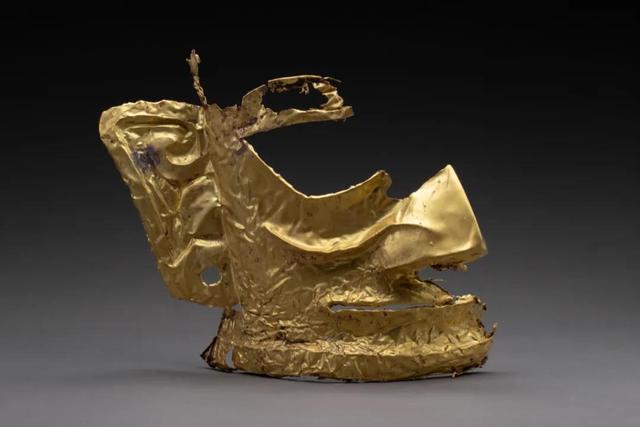
The golden mask fragment
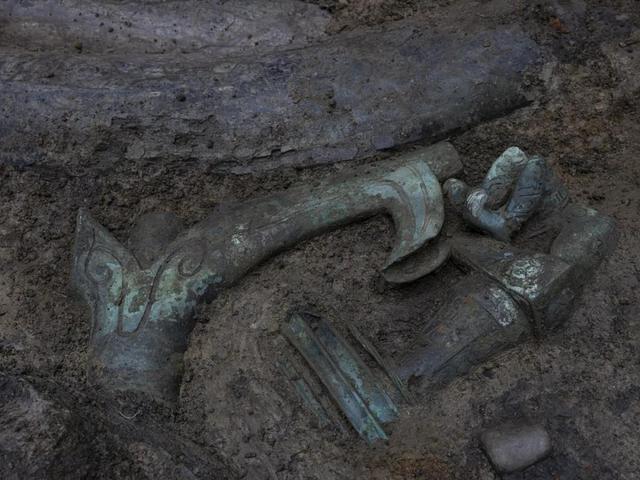
The bronze Sacred Tree
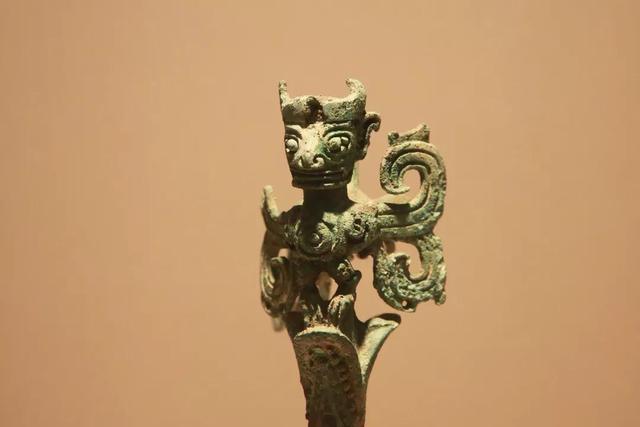
The bird-shaped bronze statue
The cultural relics unearthed at the Sanxingdui site have strongly proved that this is an important part of the pluralistic origin of Chinese civilization.” However, there are still many unsolved mysteries surrounding Sanxingdui:
- Where do the ancestors come from?
- What do they do for a living?
- Why did their civilization vanish?…
The unearthing of a large number of precious cultural relics is only the beginning of archaeological work. After that comes the hard part of research to figure out the history of these relics.
There are still many unknown areas in ancient Chinese history, and the work of studying history has a long way to go. This year, traditional Chinese culture has blossomed everywhere.
The National Museum of China has opened its first exhibition “Ancient Chinese Culture: Costume and Adornment” on the general history of Chinese costume, taking visitors on a journey through the evolution of ancient Chinese costume over thousands of years. On display are about 130 pieces or sets of cultural relics, including jade, stone and bone artifacts, figurines, clothing, gold and silver accessories, painting and calligraphy works. These items provide a vivid depiction of people’s attire and related artistic views in ancient China from the pre-Qin period (pre-221 B.C.) to the Qing Dynasty (1644-1911). The exhibition kicked off on Feb. 6 and is set to last for one year.

Ticket price: free
Time: currently on display
Address: Hall 8 South, National Museum of China 中国国家博物馆北18展厅
During the Ming and Qing Dynasties, Ruyi, which was based on the shape of Ganoderma lucidum, was endowed with the meaning of auspiciousness and exorcism and became a precious object for carrying good wishes. In Feb of 2021, the “Auspicious Wishes – Ruyi Sceptres from the Palace Museum Collection” held in the Shenwumen Exhibition Hall of the Palace Museum opened to the public and will last for three months. It is reported that the Palace Museum has more than 2,000 handles from Ming and Qing dynasties. The materials cover jade, bamboo, wood, metal, dental bone, porcelain, etc. 158 pieces (sets) are selected for display in this exhibition.
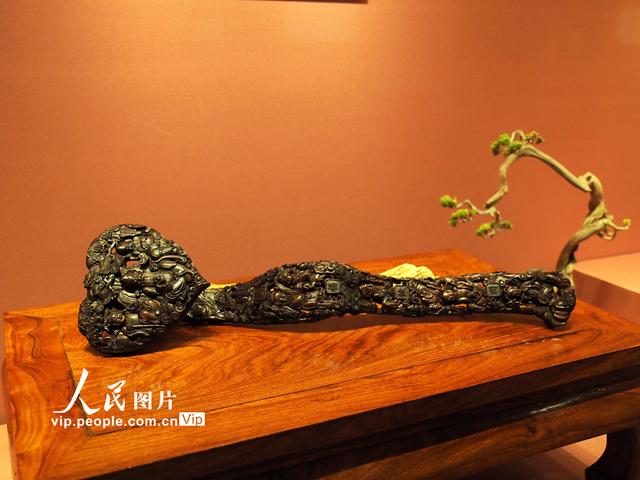
Ticket price: free for exhibition, entrance ticket RMB 40
Time: Feb 10 – May 9
Address: Shenwumen Exhibition Hall of the Palace Museum 故宫博物院神武门展厅
In the middle of the seventh century AD, Buddhism was introduced to Tibet from India and the Tang Dynasty, and it merged with the local Bon culture to form Tibetan Buddhism. Thangkas are scroll paintings mounted on colored satin and hung for worship, which is a unique painting art form in Tibetan culture. Recently, the “Auspicious Land – Art Exhibition of Tibetan Buddhism Painting and Sculpture” held by the Tsinghua University Art Museum appeared in the exhibition hall on the fourth floor of the museum, exhibiting a group of Thangka boutiques from the 17th to the 20th century.
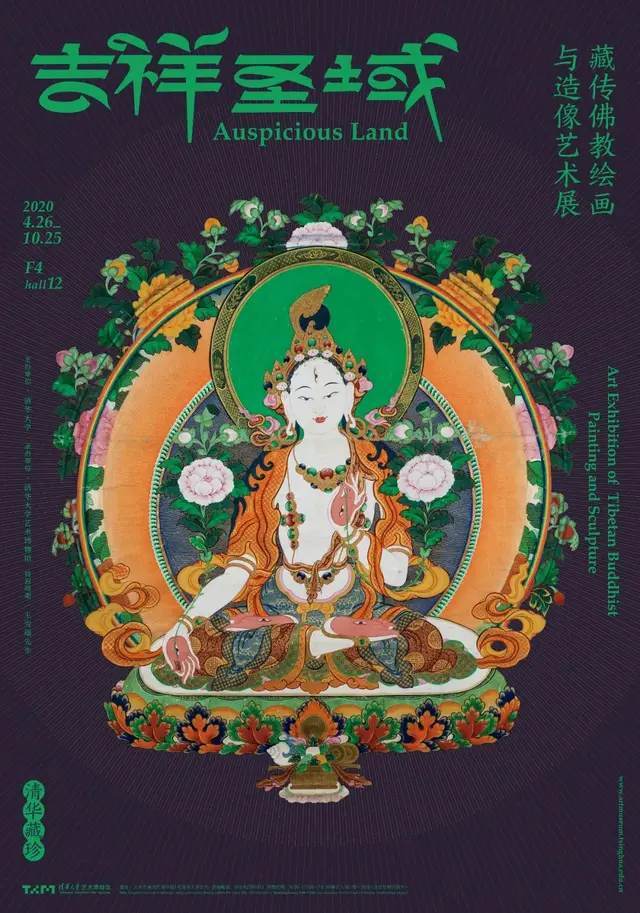
Ticket price: free for exhibition, entrance ticket RMB 20
Time: until April 11
Address: Exhibition Hall 12, 4th Floor, Tsinghua University Art Museum 清华大学艺术博物馆四层12号展厅
KEEP READING: The National Museum of China
Images: People’s Daily,Xinhua Net,China News



